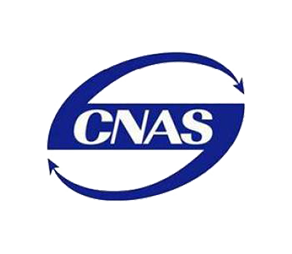Three concepts to understand before installation
1. The welding effect of electric fusion pipe fittings is essentially temperature, and the setting of parameters is essentially the control of temperature. All welding problems can be classified as temperature in the end. When the temperature of the pipe body changes due to some external reasons, it will affect the overall welding effect (for example, if the temperature is too high, there will be smoke, spraying, and fire, and if the temperature is too low, there will be water seepage, desoldering, and even cracking from the copper wire part when the pipe is pressed)
2. The welding parameter itself is not an exact number, but a rough range. It does not mean that if the parameter is set for 300 seconds, it will not be able to weld if it is welded for 290 seconds. It will be adjusted according to some special circumstances at the time on each construction site. The adjustment range is ±10% of the time. (Remember not to adjust the voltage value casually)
3. The same pipe fitting will not have a large difference in welding effect at both ends. Even if one side is desoldered during the pressing process, it does not mean that the welding effect of the other side is good.
Installation steps of electric fusion pipe fittings
1. Polishing oxide scale (very important)
Oxide scale does not mean that the surface of the pipe is aging, but to clear the dirt on the surface of the pipe. Due to the poor environment of the construction site, a layer of dirt will adhere to the surface of the pipe. If it is not cleaned up, it may affect the bonding performance of the welding surface of the hero pipe root pipe fittings, resulting in a discount in welding effect or even water seepage.
2. Measure the socket depth and mark the pipe
The principle of pipe welding is that the copper wire is electrified and heated to provide heat for the pipe fittings and pipes, so that the plastic melts and bonds. If the pipe is not knocked in place and the welding area is not fully heated, the excess copper wire and heat will cause a surge in local problems of the pipe fittings, which are prone to: copper wire burnout, smoke, spraying, and even fire in key parts of the pipe fittings.
3. Input parameters
Don't make mistakes with voltage and current. (It is recommended to use constant voltage for welding)
4. Things to note on the welding machine display during welding
① When using constant voltage welding, a current value will be displayed on the display in amperes or A. During normal welding, this current value is getting smaller and smaller. When the current value is getting larger and larger, it continues to increase. It means that there is a short circuit in the copper wire in the pipe fitting, and welding needs to be stopped immediately, otherwise there will be smoke, spraying, fire, etc. As for how to judge whether the welding effect is sufficient after stopping welding in advance, we will explain it later. You just need to know that the pipe fitting can be used normally in this case.
② When using constant voltage welding, the voltage you set will be displayed on the display. The voltage ±0.1V indicates that the current voltage is relatively stable.
5. Welding effect detection
Now many installation masters on construction sites basically judge the quality of welding by the length of the observation port due to information delay, but this method itself has no standard to refer to, that is, how long the observation port is extended is considered qualified. Because the molds of different manufacturers are different and the production cycles are different, there is often a problem that one product comes out and the other does not come out. For this reason, we developed a new detection method. Because the essence of welding effect is temperature, after the pipe is welded or the power is turned off, about 10 minutes (5 minutes for 12.5 kg), touch the copper wire part of the pipe with your palm. If it is hot, it means that the welding effect is ideal. If it is not hot, it means that the welding effect is not ideal. This method is based on temperature, so the accuracy rate is above 95%.
Installation accident case
Over-welding
Over-welding mainly occurs in the following situations
1. High temperature or exposure: Because pipes are generally black, long-term exposure to the sun will cause the pipes themselves to heat up, thereby affecting the temperature control of the parameters. This situation often occurs in the two situations of ambient temperature above 25° and open-air construction. Solution: Before welding the pipe fittings, touch the pipe fittings with your hands to see if they are hot. If the pipe fittings themselves are already a little hot, then the parameters need to be appropriately reduced in terms of welding time. The reduction should be adjusted appropriately according to the heating situation, generally 10%-20% of the total time. After welding is completed, use the principle of 10 minutes of hot hands to test (if it is summer or after exposure, you can touch the shady side of the pipe fittings)
2. The socket depth of the pipe fittings is not enough: the manifestation of this accident is mainly smoke from the inside during the welding of the pipe fittings, which is most likely to occur during the welding of elbows. Solution: First of all, it is necessary to develop a habit. Before installing the pipe, you must make obvious marks on the socket depth. When preparing for welding, check whether the pipe has been withdrawn. Secondly, it is necessary to understand that the so-called socket depth does not mean that the copper wire should be covered, but that it should be covered more. Generally, products around 110 need to cover about 1.5 cm more, and products above 160 need to cover more than 2 cm.
3. Over-welding caused by pipe wall thickness: The parameters made by general manufacturers are based on the pipe wall thickness of 16 kg of new material. Solution: If thinner pipes are used for installation, the original parameter time needs to be reduced. The reduction range depends on the wall thickness of the pipe, generally 10%-20%. After welding, use the 10-minute hot hand principle to test.
4. Over-welding caused by power supply voltage: The parameters made by the manufacturer are generally for relatively stable voltage conditions such as factory workshops or laboratories. If the voltage environment of the construction site itself is not very stable or a diesel generator is used, it is easy for the voltage to be too high and exceed the adjustment range of the welding machine. Solution: This situation is relatively complicated, and it is difficult to find a corresponding detection method, so it is only used as a reference solution. First, it is judged by the function of the welding machine itself. Some welding machines have the function of displaying the input voltage. Second, if smoke spraying occurs, but it does not meet the first three conditions, it can be treated as a high voltage. Appropriately reduce the welding time by 5%-10%, and then test it according to the 10-minute hot hand principle. The above four are common problems about smoke spraying, but please don't panic too much. Most of the appropriate smoke spraying indicates that the welding effect is good, just a little bit too much. There will be no water leakage during actual use and pressure testing. Only when there is a large amount of smoke spraying, or even product deformation or softening, you need to consider replacing the product.
Insufficient welding
The situation of insufficient welding of products is relatively simple, including power lines less than 4 square meters, lengths exceeding 100 meters, low voltage, etc. The problems include water seepage, water leakage, desoldering, and tearing of the copper wire parts of the products (yes, the tearing of the copper wire parts of the products is due to insufficient welding, not product quality problems, because when the product is welded, the copper wire parts are mainly subjected to pressure by the pipe, not the pipe fittings themselves, which is why the direct and flange pressure is greater than that of tees and elbows). The treatment method is also relatively simple, always follow the 10-minute hot principle, as long as the pipe oxide scale is cleaned and it is hot 10 minutes after welding, then basically there is no problem with the 16 kg pressure test. Among them, water seepage and leakage can basically be restored to use through later repairs, including pipe desoldering. As long as the copper wire is not messy and not pulled out, the pipes and pipe fittings can be wiped clean and reinstalled without scrapping.
Uncommon problems
1. After welding is completed, the copper feet of the pipe fittings become hot or even fall off. Perhaps some people have encountered such a problem, that is, the copper feet are pulled out after the pipe fittings are welded. This situation is due to the leakage of the copper plug at the connection between the welder and the pipe fitting. The treatment method is also relatively simple. Remove the copper plug and reorganize the connection line to solve it.
2. Welding machine alarm prompt: The resistance value is too large. This situation is generally caused by poor contact between the copper plug of the welding machine and the copper foot or too little contact area. The copper foot can be knocked slightly to make the contact tighter.
3. Welding machine alarm prompt: short circuit protection. This situation is caused by the starting current of the pipe fitting exceeding the maximum current that the welder can withstand, and the welder and the pipe fitting are not matched.
4. Welding machine alarm prompt: pipe open circuit or open circuit protection. This situation is caused by poor contact between the copper foot and the copper wire of the pipe itself, resulting in the pipe not being powered on, or poor contact between the copper plug and the copper foot of the welding machine, resulting in no power.
5. The problem of the observation port not coming out: The observation port of the electric fusion pipe is affected by many external factors. It is often impossible to completely push it out during the installation process. It does not mean that the welding effect is not good. Moreover, due to the unstable factors of the observation port itself, it is only used as a reference and cannot be used as a measurement standard. If you want to detect whether the welding effect is ideal, it is recommended to use the 10-minute hot hand principle.
6. Regarding the problem of pipe fittings not being powered: The power supply of pipe fittings is mainly connected through the copper feet and copper wires. There is a small probability that the product cannot be powered normally during installation and transportation. It needs to be repaired with the help of some tools, such as resistance measuring tools, a nail (grind the tip on the head flat), and a hammer. The specific method is to use the hammer to knock the flattened nail against the copper feet a little bit, then pull it out, knock it repeatedly around the two copper feet, and then measure the resistance. When the resistance value returns to about 0.5-1.5 ohms, it can be used normally.
7. Regarding the problem of product diameter size: Because plastic has a shrinkage problem, there will be problems between pipes and pipe fittings that are too loose or too tight. Generally, the standard size ±1 mm is used as the standard (this size refers to the copper wire part, not the pipe fitting mouth part). Within this range, the pipe fittings can be used normally, and the gap in the middle will be filled by the heating and expansion of the plastic.
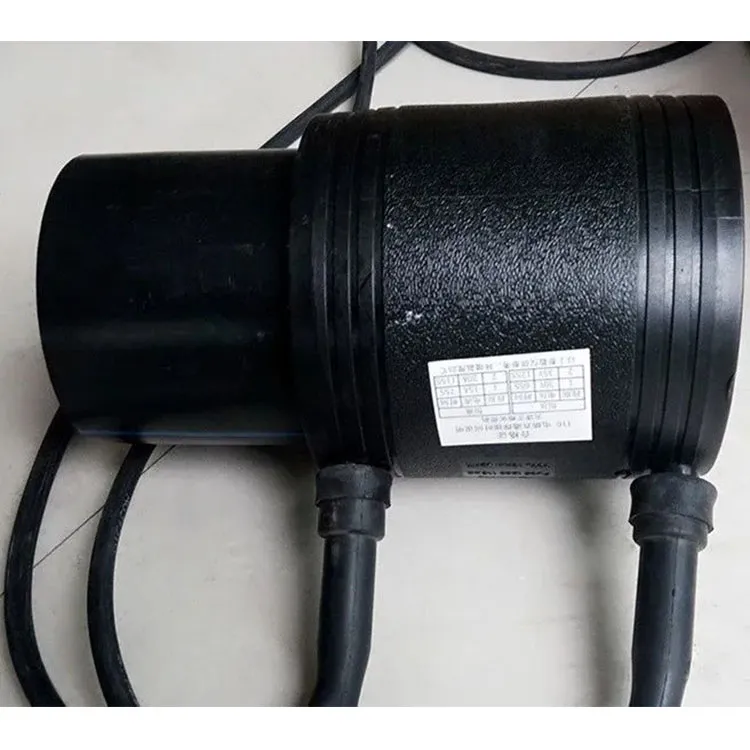
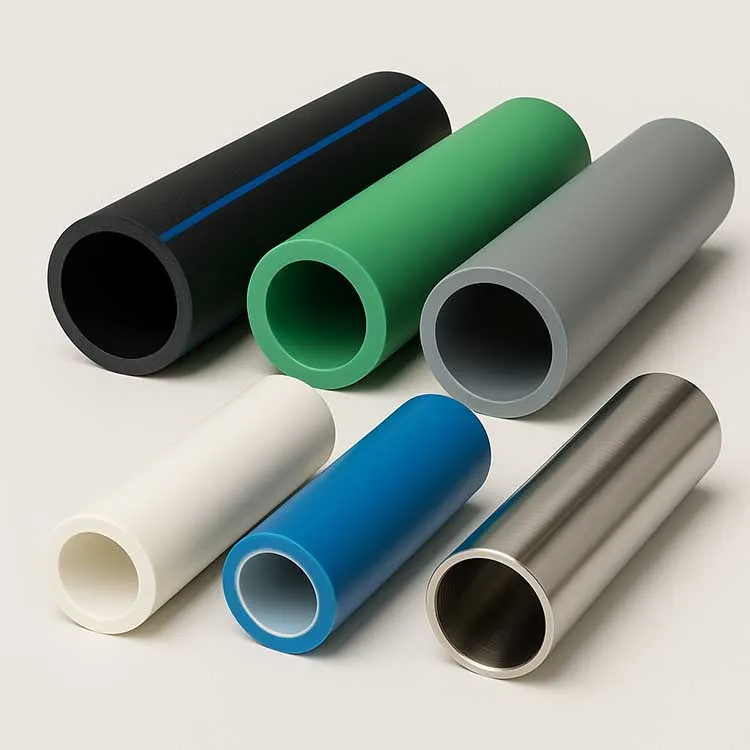
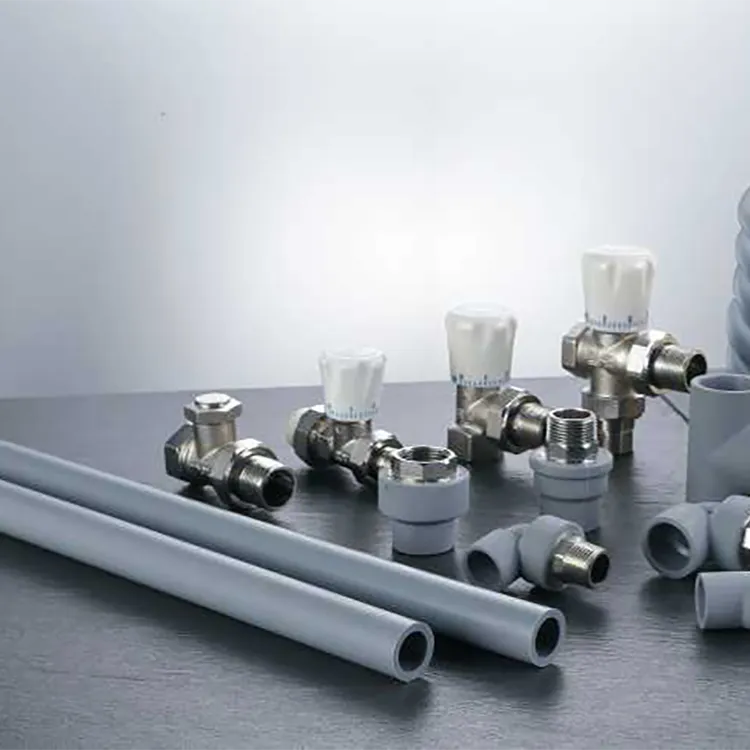
981.webp)
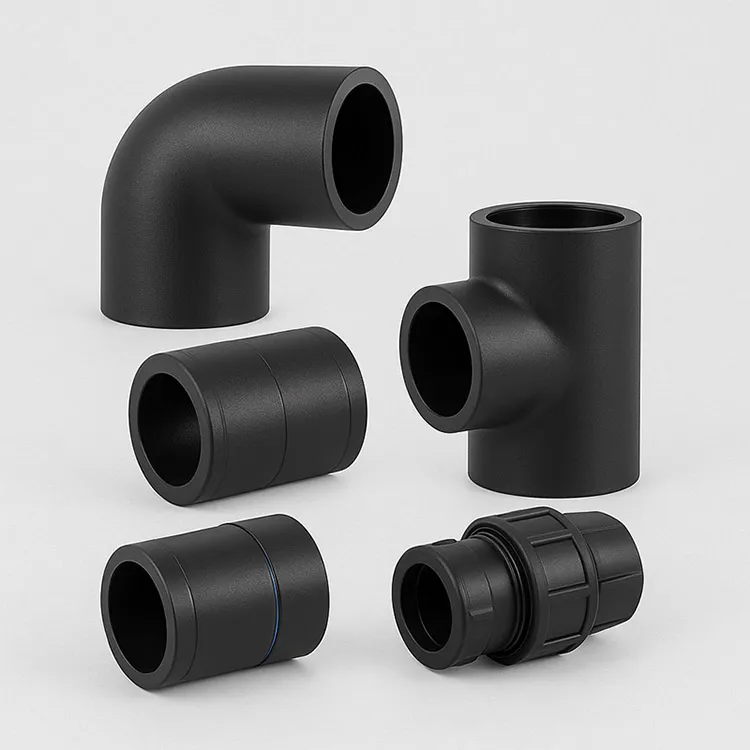
 (1)379.webp)
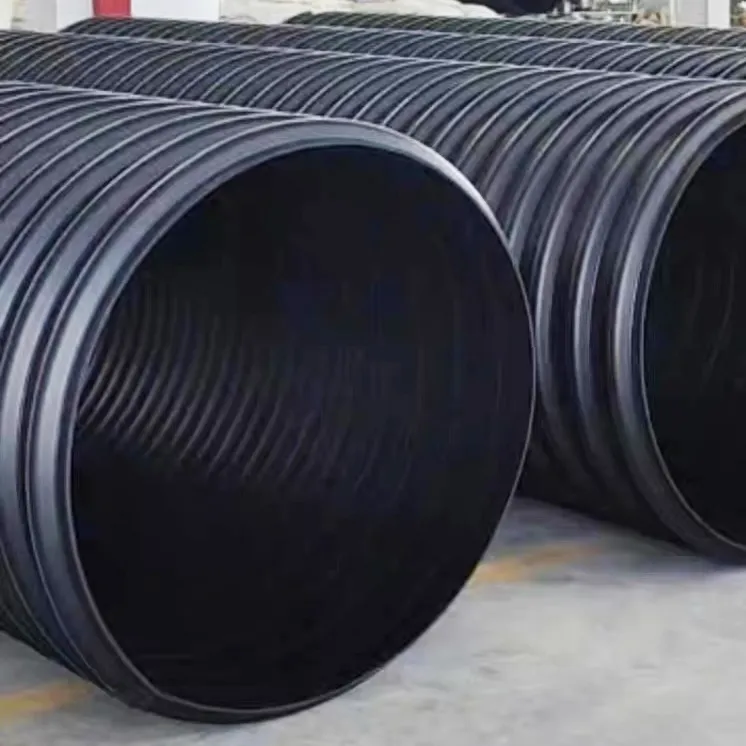
294.webp)
476.webp)
420.webp)
146.webp)
460.webp)
287.webp)
274.webp)
688.webp)

